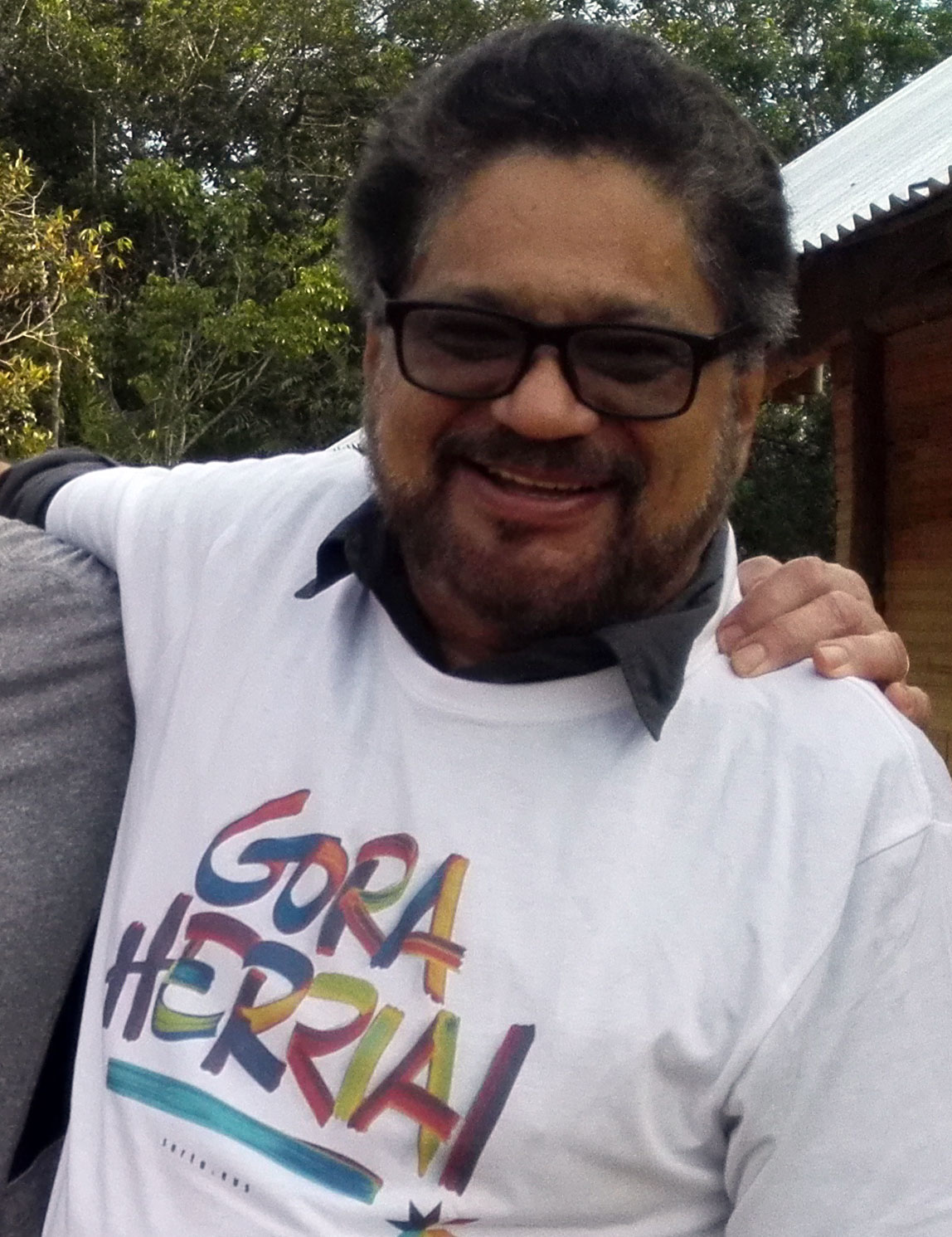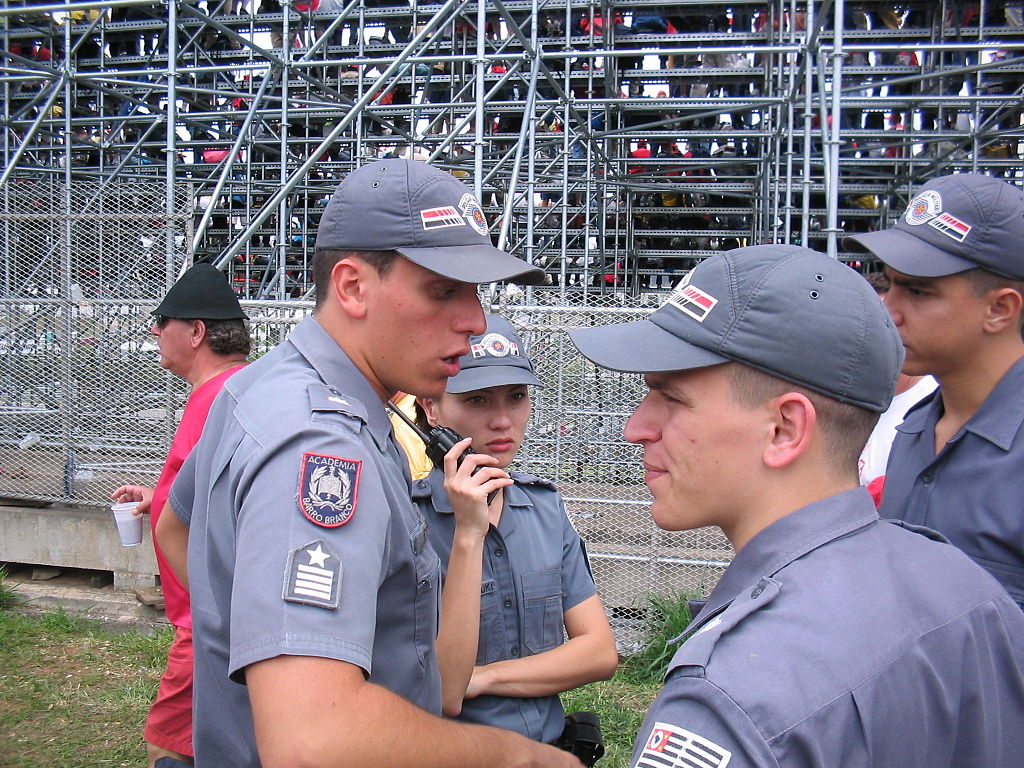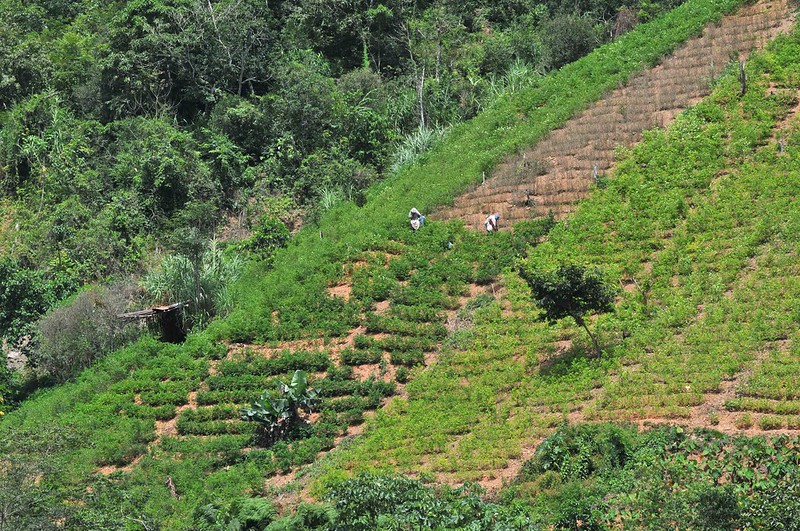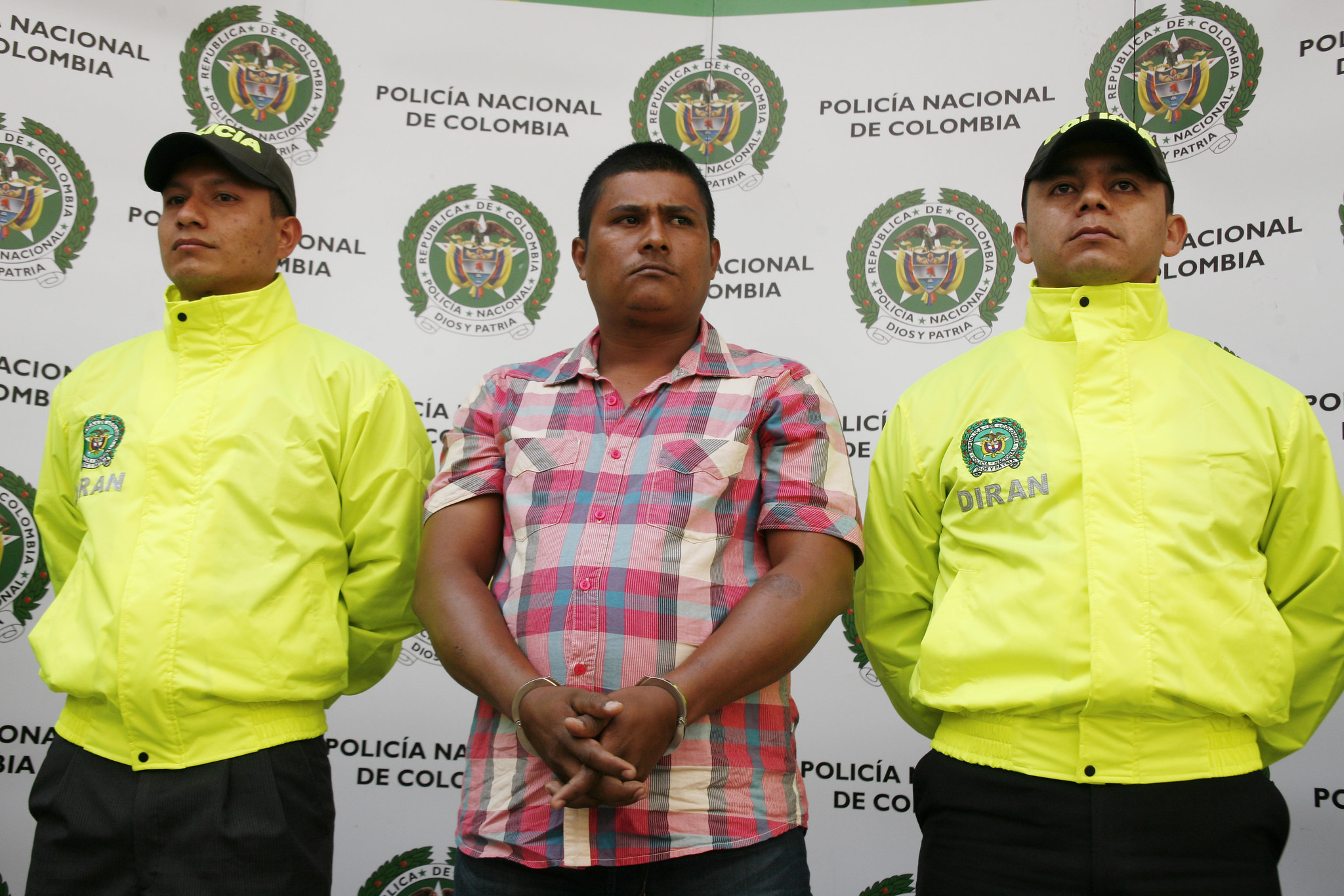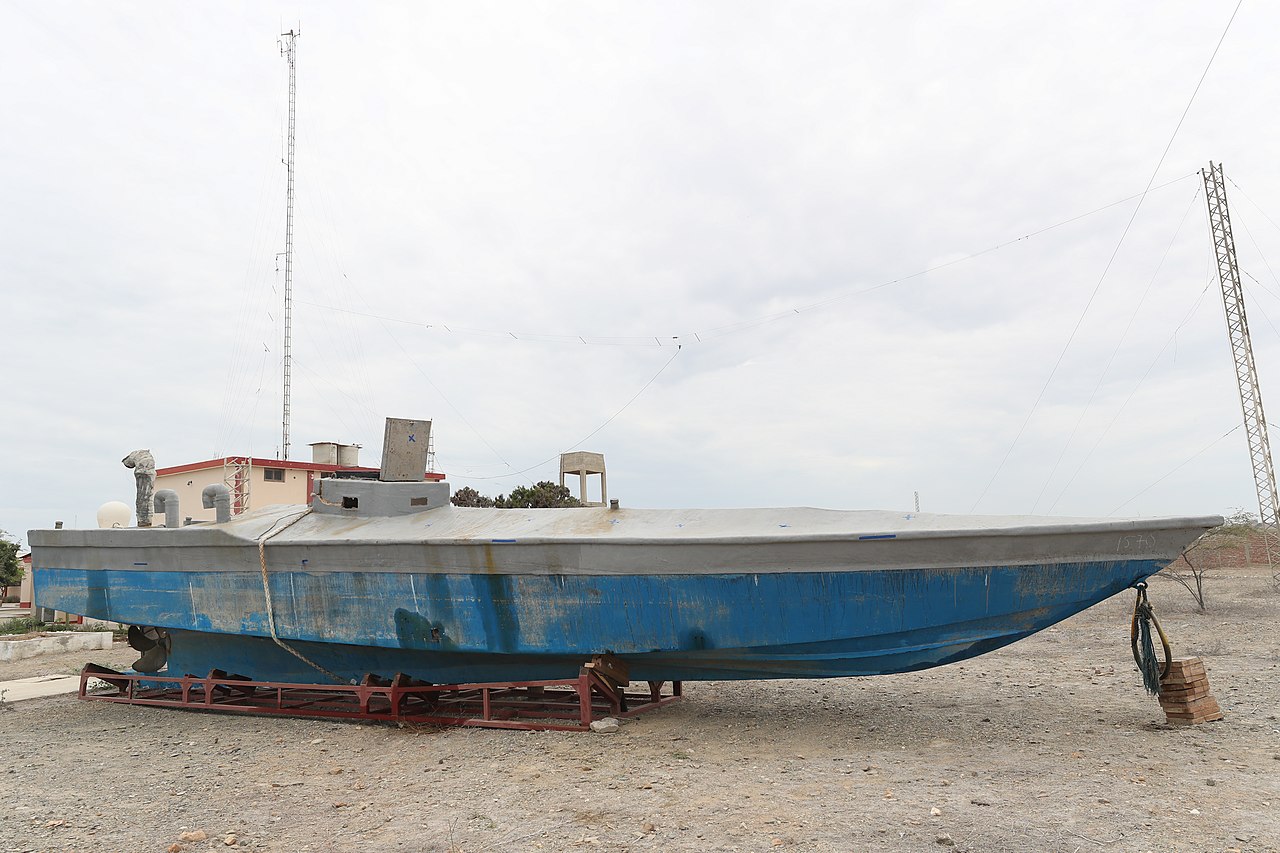
Members of Colombia’s ELN stand at attention.
“For the first time, the National Liberation Army has a leftist government as its counterpart. The last active guerrilla in Colombia will return to a peace negotiation, but in a completely different scenario.”
Gustavo Petro, Colombia’s recently inaugurated president, represents a radical departure from the country’s traditional political establishment. Petro campaigned on a restart to negotiations with the National Liberation Army (ELN), the last active guerrilla group in Colombia. As Spanish daily El País reports, Petro began the long process of negotiating with the ELN just days after his inauguration. The article states that this is the first contact between the Colombian government and the ELN in years, since former president Iván Duque suspended negotiations following an ELN attack on a police academy that killed 20 cadets. According to the article, Cuba will once again play host to negotiations between Colombia and its guerrilla groups, reprising a role it played in previous negotiations with the Revolutionary Armed Forces of Colombia (FARC). According to leading Colombian weekly Semana, Petro intends to pursue “total peace,” by which he means no confrontations with either leftwing guerrilla groups or drug trafficking organizations. Furthermore, Petro says that he intends to finish implementing the 2016 peace agreement with the FARC. Negotiations with the ELN could have significant impact in the Western Hemisphere. Once again, negotiations would serve as a diplomatic boost for Cuba, even as they place a spotlight on Havana’s ongoing support for violent left-wing guerrilla groups. In the past, the ELN has wielded violence as a form of negotiating with the government, a tactic it could revive against the Petro administration. Lastly, the ELN has been growing at a rapid pace, partly thanks to the safehaven in neighboring Venezuela, and any attempt to broker peace could fracture the organization between those in favor of a negotiating process and those against it.
Source:
“La apuesta de Gustavo Petro para la paz con el ELN: un gobierno de izquierda en el poder y Cuba como sede (Gustavo Petro’s bet on peace with the ELN: a leftist government in power and Cuba as its headquarters),” El País (Spanish daily with excellent coverage in Latin America), 13 August 2022. https://elpais.com/america-colombia/2022-08-13/la-apuesta-de-gustavo-petro-para-la-paz-con-el-eln-un-gobierno-de-izquierda-en-el-poder-y-cuba-como-sede.html
For the first time, the National Liberation Army has a leftist government as its counterpart. The last active guerrilla in Colombia will return to a peace negotiation, but in a completely different scenario…Before setting the table, Colombia must revoke the arrest warrants against the guerrilla leaders who are in Cuba so that they can leave there and enter a period of consultation with the leadership that is in Colombian territory. It must also name the new delegation and build and agree on a mechanism that allows for a bilateral ceasefire.
Source: “Este es el plan de Gustavo Petro para lograr una ‘paz total:’ así van los acercamientos con el ELN y el Clan del Golfo (This is Gustavo Petro’s plan to achieve ‘total peace:’ this is how the rapprochements with the ELN and the Clan del Golfo will go),” Semana (a leading Colombian weekly), 30 July 2022. https://www.semana.com/nacion/articulo/este-es-el-plan-de-gustavo-petro-para-lograr-una-paz-total-asi-van-los-acercamientos-con-el-eln-y-el-clan-del-golfo/202247/
In these dialogues, protocols for negotiation were discussed, a ceasefire that the ELN would put in place, and a six-point discussion agenda: participation of society in the construction of peace; democracy for peace; transformation for peace and victims; end of the armed conflict; and, implementation. In any case, it will be difficult to talk immediately about a possible bilateral ceasefire. A source from the new government…said that a ceasefire cannot be demanded of the ELN when its main enemy are the dissidents of the FARC and the Clan del Golfo, with whom it is waging a war to the death over drug trafficking routes and territorial control.
Image Information:
Image: Members of Colombia’s ELN stand at attention.
Source: https://www.flickr.com/photos/brasildefato/45464974124
Attribution: CC BY-NC-SA 2.0

